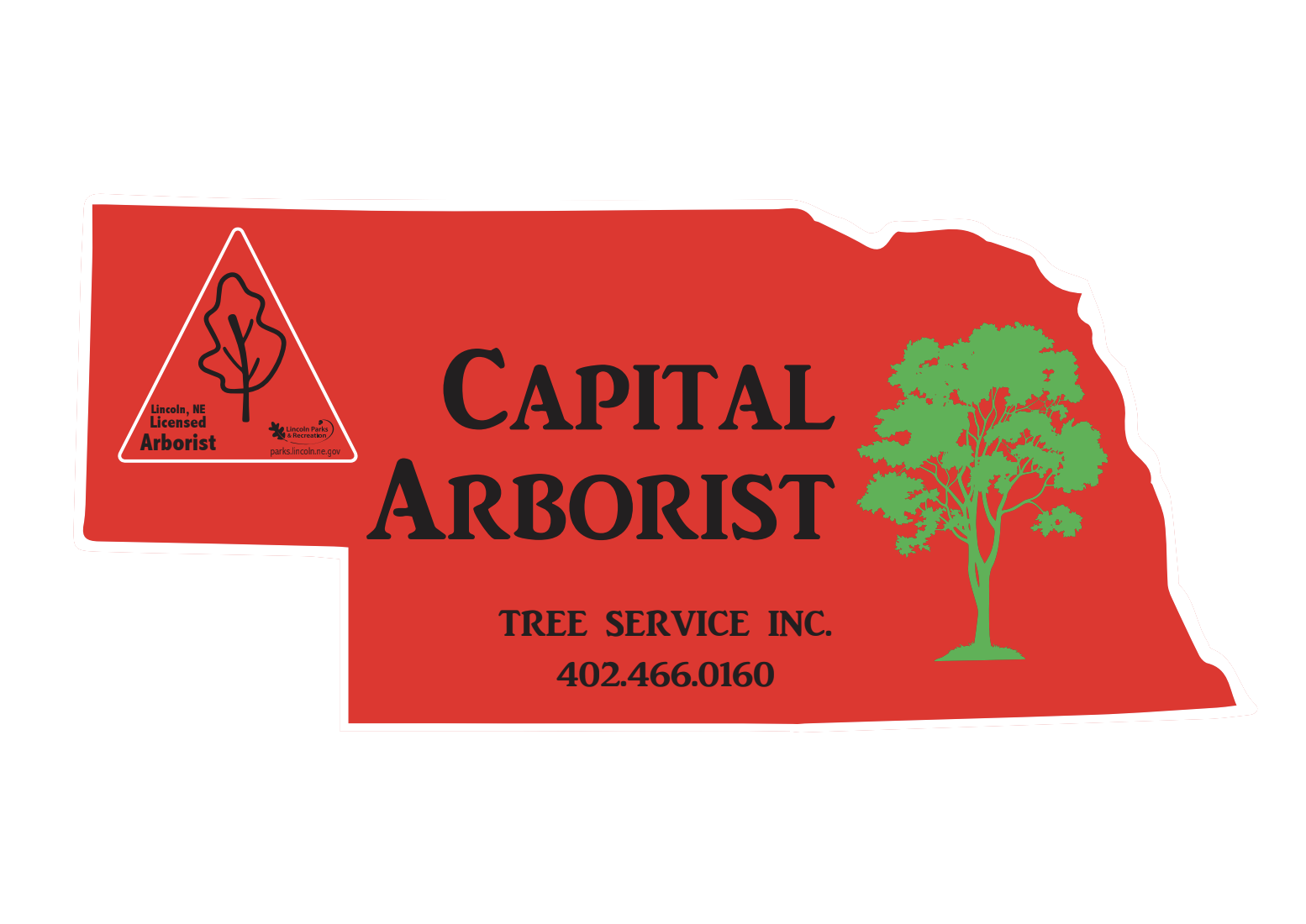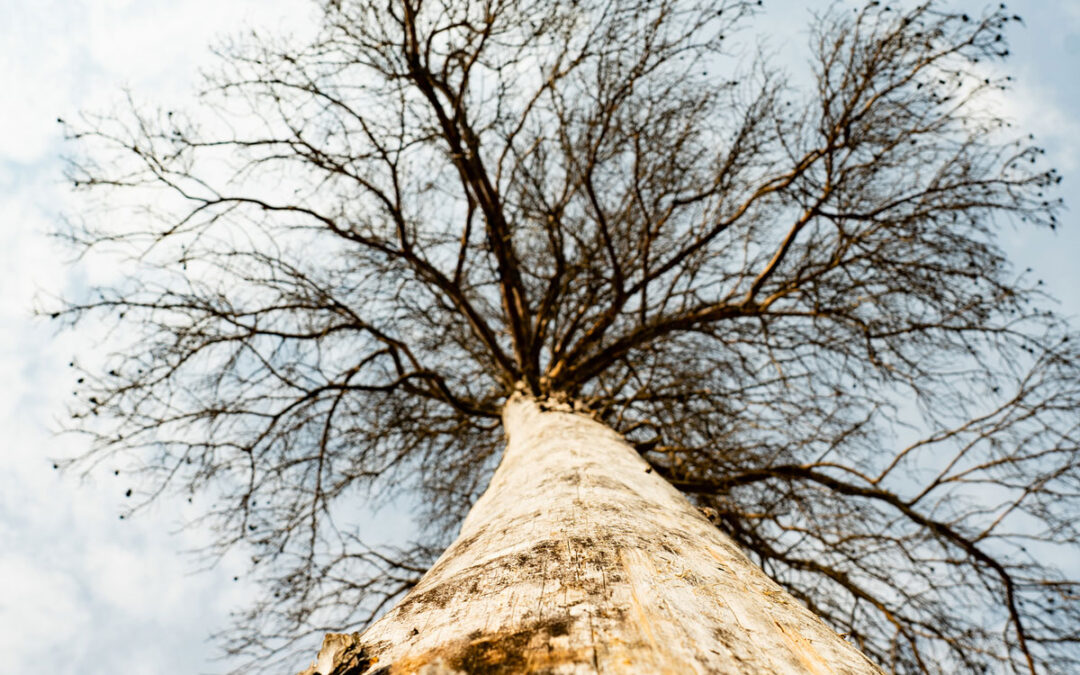One of the most common questions landscapers receive from homeowners is how to tell if their tree is sick. Unfortunately, it can often be difficult for the untrained eye to see signs of a tree in trouble, as they can be hard to spot until the problem is advanced. That is why we have put together this list of signs you can look for every time you inspect your trees. Here are five things that can indicate your tree is sick:
- Dead Branches
The easiest way to tell if a tree is sick is if it has bare branches anytime during the year it should have leaves. This can be a little harder to spot during winter, but a dead branch will fail to drop its leaves in the fall, instead clinging on to the dried up leaves through the cold months.
- Peeling Bark
Another sign you can look for when inspecting your trees for disease is peeling bark. Healthy trees have bark to help protect the inside of the truck, but a little bit of peeling is totally normal. If your bark starts to peel excessively, the tree may not be able to protect itself from insects or hold in necessary nutrients. Anytime you see larger pieces of bark falling off of your tree and exposing the internal wood fibers, this is a cause for concern.
- Abnormally Colored, Spotted, or Wilted Leaves
Anytime the leaves on your tree aren’t the right color, there is a chance that your tree is sick. This also includes leaves that are spotted or mottled, or leaves that are wilting on the branch. Sick leaves are often an indicator that something is attacking the roots of your trees, such as a fungus or grubs. Trees with this issue can take a few seasons to die, but timely treatment can save the tree from having to be removed.
- Strange Growths On Trunk
Sometimes trees can become hosts to strange fungus or fungus-like growths on their trucks, or even their branches. This can be an indicator that your tree is rotting internally, as fungus likes to grow on dead plant material.
- Insect Infestation
Another major contributor to sick trees are insect infestations. Some common signs of infestation in trees include: webbing nests, chewed leaves, fallen healthy leaves, defoliated branches, mottled foliage, insect eggs or insects attached to the underside leaves, scale insects along twigs or branches, sawdust on branches, and holes in the tree’s trunk or branches. Keeping an eye on insects is especially important as Missouri deals with the Emerald Ash Borer infestation that is affecting ash trees across the nation.
If your tree has any of the above symptoms, we would be happy to come by to take a look at your tree, and figure out an action plan for you. Our highly qualified arborists have extensive experience and training to find and solve problems before they destroy your tree. We’ll discuss your options with you, and give you a written estimate for the work. You can trust our years of experience to get the job done right.

